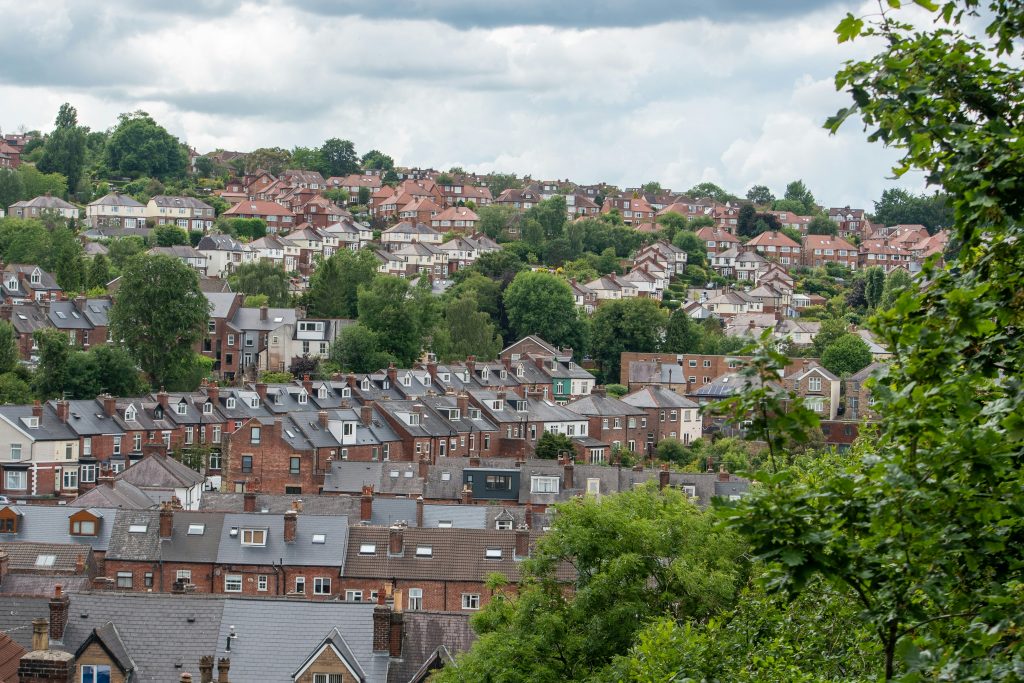
Link between tree equity and race revealed in new online tool
For the first time in the UK, the Tree Equity Score shows how disparities between tree canopy cover and race have a real impact on health outcomes
Wild in the City is pleased to have contributed to the creation of an innovative online map which shows, for the first time, disparities in urban tree cover across the UK. Spearheaded by the Woodland Trust and based on a US tool developed by American Forests, the map reveals how less affluent areas, including those with high ethnic minority populations, have fewer trees meaning people living in these areas miss out on their essential health benefits, like cleaner air.
The Tree Equity Score is a free interactive tool that uses new tree canopy data from Google and six climate, health, and socioeconomic indicators to generate a score from 0 to 100 for most urban neighbourhoods in the UK. Find out your neighbourhood’s Tree Equity Score by visiting https://uk.treeequityscore.org/.
Lower tree cover has a dramatic effect on neighbourhoods. Those with the highest number of trees have up to 330% less air pollution and are four degrees Celsius cooler during a heat wave than neighbourhoods where tree canopy is lowest. Trees improve air quality by removing particulate air pollutants, as well as cool city streets by providing natural shade. Research from the UK Environment Agency shows air pollution is the single biggest environmental threat to health in the UK, shortening tens of thousands of lives each year, and heat-related deaths are increasing annually.
Some of the key findings from the research reveal troubling disparities:
- Neighbourhoods with the fewest people identifying as being from minority ethnic groups have roughly double the tree canopy per person than neighbourhoods with the most, and experience 50% less toxic pollutant nitrogen dioxide (NO2) air pollution, 20% less particulate matter (PM2.5) air pollution and are five degrees Celsius cooler.
- Neighbourhoods with the highest income levels have more than double the tree cover per person than less affluent neighbourhoods, and they have nearly 20% less of the toxic pollutant, NO2.
- In England, regional differences are present, with the 10 local authorities with the highest scores in the south and the 10 with the lowest scores in the north.
Beth Collier, Director of Wild in the City, said, “The Tree Equity Score is a great innovation, highlighting the disadvantages in not having trees near to your home and will be a means to achieving health parity for communities with less access to trees and the benefits they bring.
Our proximity to trees is an issue of environmental justice. People of colour are more likely to live in areas of deficiency of access to nature, whilst experiencing higher levels of city stressors such as air and noise pollution, and urban heat island affect. Less tree canopy cover has been shown to correlate with higher levels of anti-social behaviour; those areas with most trees have been shown to be linked to higher levels of education and life expectancy.
We hope that authorities with tree planting responsibilities use the tool to consider where they are planting and who will benefit from the canopy, taking steps towards health and other parities.
We hope that the Tree Equity Score will inspire a greater sense of ownership by communities in the importance of planting trees. This tool will help us recognise the loss of trees, which may have become normalised. We all deserve to see green from our window or have it a few steps from our home.”
About Wild in the City’s work with the Woodland Trust
Wild in the City is working with the Woodland Trust to investigate the relationship between tree canopy cover and ethnicity. Whilst it is well documented that, in the UK, people of colour have less access to nature close to their homes – a higher percentage of people of colour live in urban areas (98.2% of Black people)ii, 40% of Black And Minority Ethnic (BAME) people live in the most green space deprived areas, compared to 14% of white people, and only 39% of BAME people live within a five-minute walk from green space, compared to 57% of British adults – there has been little research about the relationship between tree canopy cover and ethnicity in the UK, compared to US, where the practice of redlining has led to a 38% lower level of tree canopy cover in Black communities.
For more information about Wild in the City, visit wildinthecity.org.uk or email sylvia@wildinthecity.org.uk.
Sign up to learn more about our Nature Connectors programme
Nurture a closer relationship with the natural world and with others.

